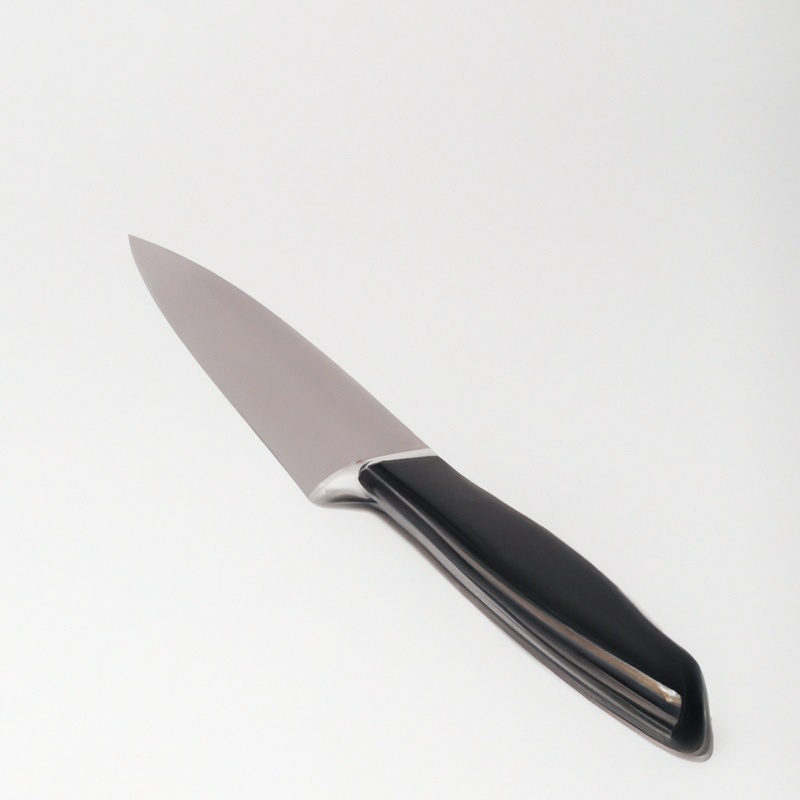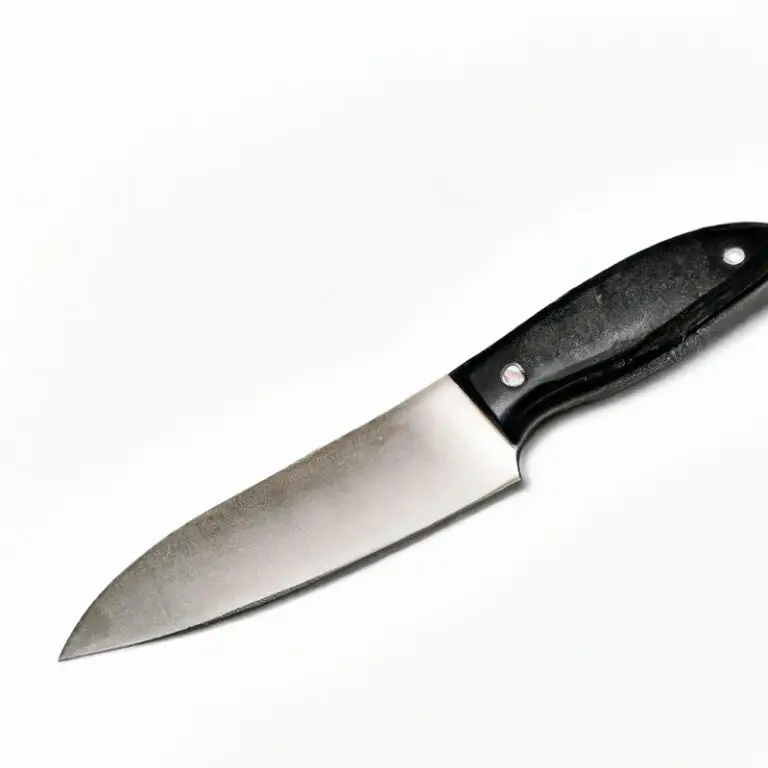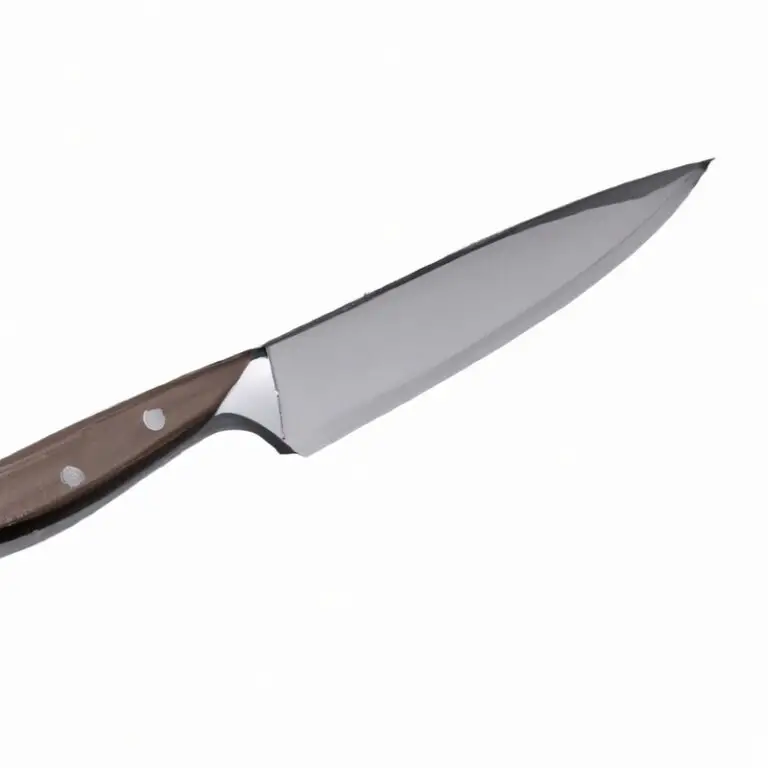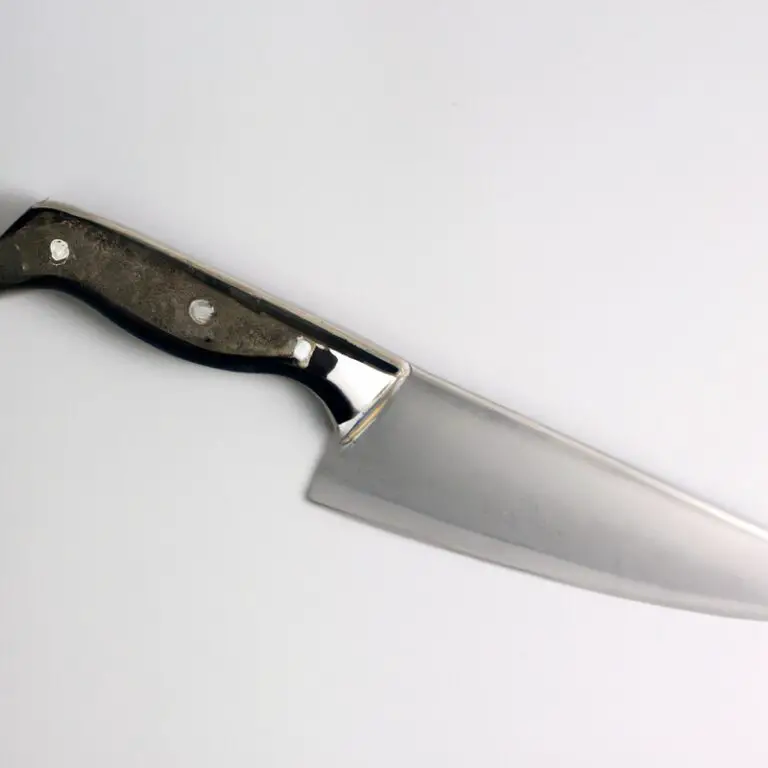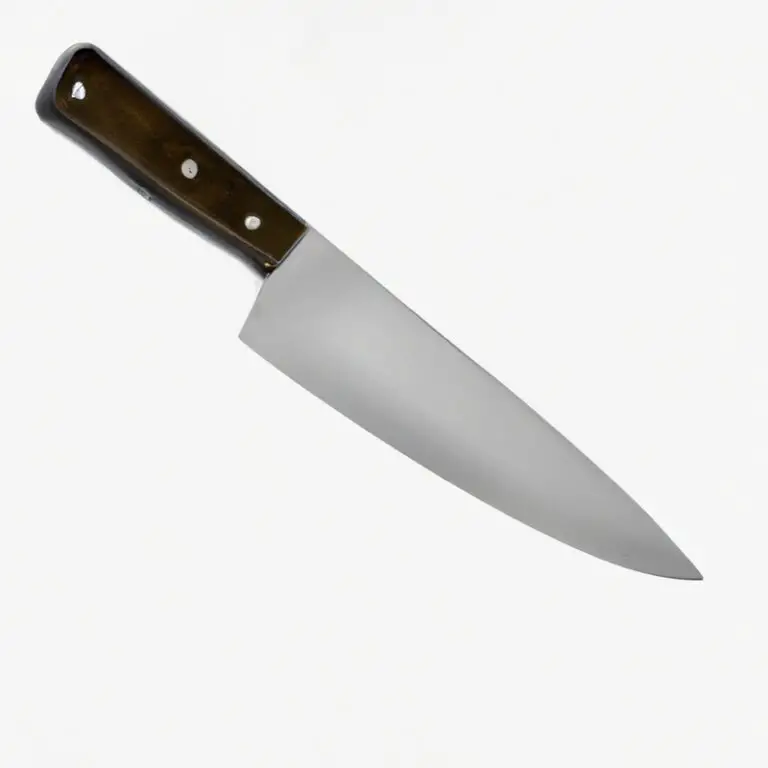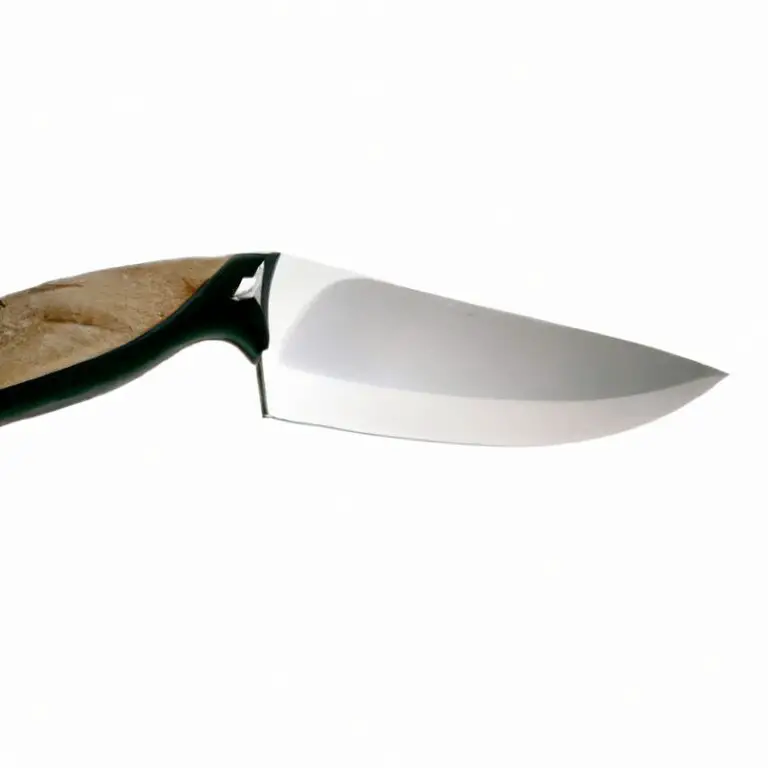Can a Fillet Knife Be Used For Deboning? – Expert Opinion
Key Takeaways:
- A fillet knife can be used for deboning certain cuts of meat, but it may not be the best tool for the job.
- Deboning requires precision and control, which can be difficult to achieve with a fillet knife designed for a different purpose.
- It is important to use the right type of knife for each task to ensure safety, efficiency, and maximum flavor extraction.
- Consider investing in a specialized boning knife or asking a professional for guidance on selecting the best tools for your needs.
Do you need to debone your meat, but only have a fillet knife on hand? The good news is that with the right technique, a fillet knife can be used for deboning.
But before you start, it’s important to know the difference between the two knives and their purposes.
In this article, I’ll explore the advantages and limitations of using a fillet knife for deboning, as well as share tips and techniques for safely and effectively using your fillet knife for this task. Plus, I’ll let you know when you should reach for a deboning knife instead.
Get ready to master the art of deboning with your trusted fillet knife.
| Fillet Knife | Deboning Knife |
|---|---|
| Flexible and ideal for filleting fish | Usually sturdier than fillet knives |
| Long and narrow blade | Shorter and wider blade |
| Thin blade that tapers to a point | Thicker blade that curves at the tip |
| May not work well for thicker cuts of meat | Can handle thicker cuts of meat and poultry |
| May not have the necessary leverage for tough bones | Designed to easily remove bones from meat |
Understanding the Purpose of a Fillet Knife
A fillet knife is a specialized type of knife primarily used for cleaning and preparing fish. Its long and slender blade is designed to easily maneuver around the bones and skin of a fish, making it an excellent tool for filleting.
The blade is flexible, allowing for precise cuts and minimal waste of the meat.
Fillet knives are not ideal for deboning as they are not sturdy enough to handle cutting through thicker bones or harder meats. The main purpose of a fillet knife is to remove the flesh of the fish while making as few cuts as possible.
Fillet knives should be used for filleting fish and not for deboning meat as they are not designed to perform the task accurately.
By understanding the purpose of a fillet knife, you will be able to choose the right tool for the job, resulting in a safer and more efficient process.
What is Deboning?
Deboning is the process of removing bones from meat, poultry, or fish. It is done to make the meat more desirable to eat, easier to cook, and visually appealing.
This technique helps to separate the bones from the muscle and connective tissue, ensuring that the meat is boneless.
Deboning is typically performed on larger cuts of meat and fish that cannot be easily cooked with the bones intact. It requires precision and skill, as the goal is to remove as much of the bone as possible while minimizing the amount of meat that is lost.
The use of a proper deboning knife is recommended for the best results.
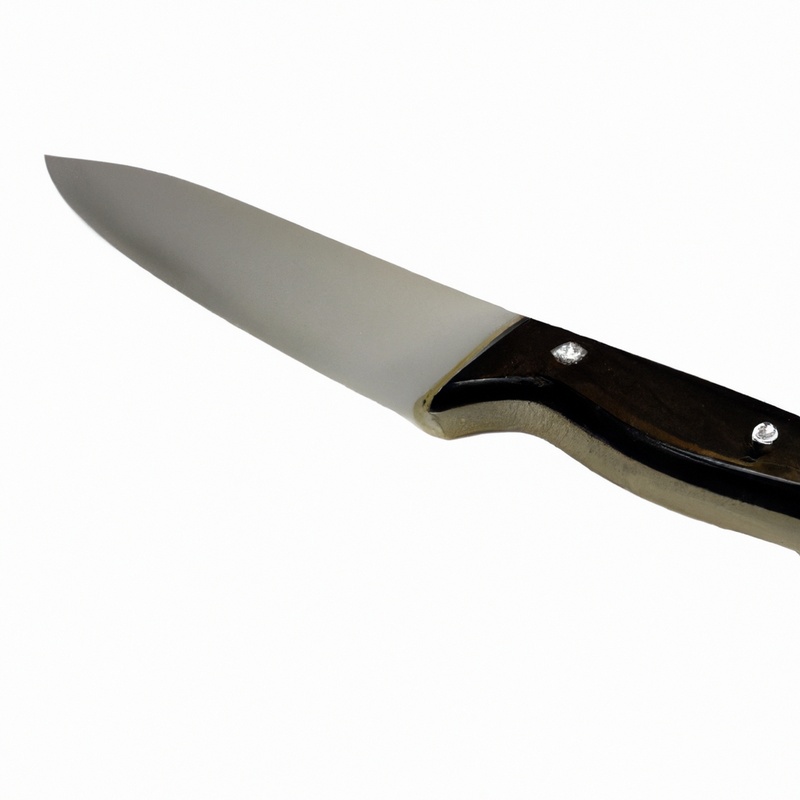
The Differences Between Fillet Knife and Deboning Knife
The primary difference between a fillet knife and a deboning knife is their intended purpose. A fillet knife is primarily used for filleting fish, while a deboning knife is used for removing bones from meat, poultry, and fish.
Fillet knives are designed to be flexible and thin to make precise cuts along the bone of a fish.
They are not suitable for removing larger bones from meat or poultry. On the other hand, deboning knives are sturdier and thicker, with a more rigid blade that can handle tougher cuts of meat.
Furthermore, fillet knives usually have a longer and narrower blade that can bend and flex easily to maintain contact with the curved surface of the fish’s bones, whereas deboning knives have a shorter and wider blade that can easily cut through meat and bone.
In summary, fillet knives are designed for removing the bones from fish, while deboning knives are designed for removing bones from meat, poultry, or fish. Choosing the right knife for the task at hand can make a huge difference in the quality of your work.
Advantages of Using a Fillet Knife for Deboning
One advantage of using a fillet knife for deboning is its flexibility. Fillet knives have flexible blades that can bend to match the curves of bone, allowing you to work more efficiently and safely.
Another advantage is the sharpness of the blade.
Fillet knives are known for their razor-sharp edges, making them ideal for cutting through joints and cartilage. The thin blade of a fillet knife also allows for greater precision when removing meat from the bone.
Finally, fillet knives are typically more affordable than deboning knives, making them an attractive option for those on a budget.
However, it’s important to note that fillet knives may not be the best option for certain types of meats, such as beef or pork, which may require a larger, sturdier deboning knife.
Limitations of Using a Fillet Knife for Deboning
While a fillet knife can be used for deboning, it has certain limitations. Its flexible, thin, and narrow blade is not ideal for cutting through thick bones and joints.
Using a fillet knife for deboning can lead to the blade becoming damaged or even breaking.
Fillet knives are designed to remove the skin and bones from fish, not for removing large bones from larger cuts of meat. Additionally, using a fillet knife can be dangerous if the user is not experienced in using the correct technique.
Therefore, it’s recommended to use a deboning knife for larger cuts of meat or when attempting to remove thick bones and joints.
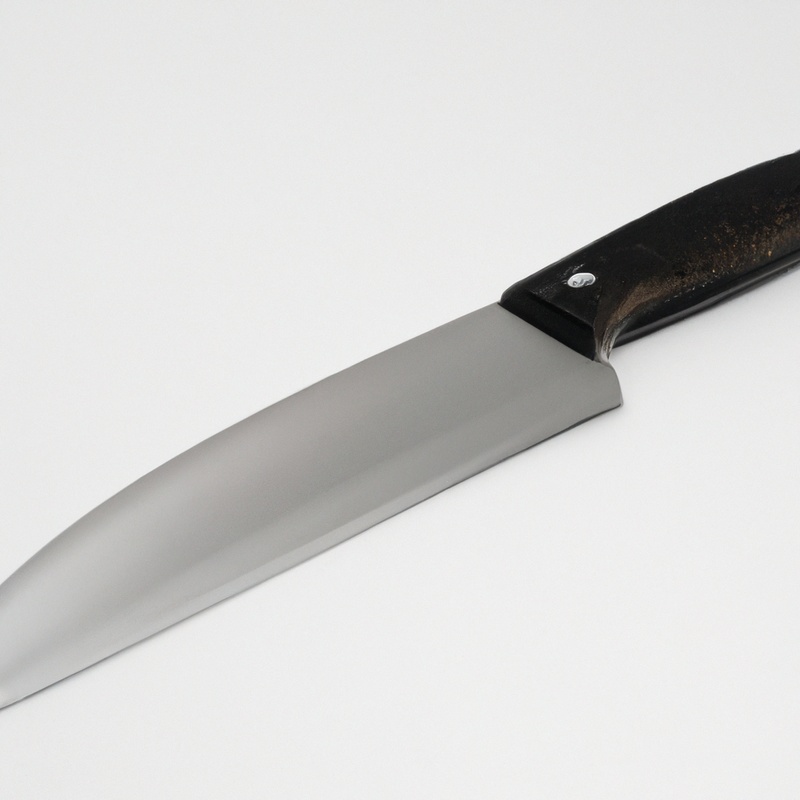
Proper Technique for Using a Fillet Knife to Debone
To properly debone with a fillet knife, you want to start with a fresh, clean cut of meat with minimal fat. Begin by making long, shallow slices along the bone to expose it.
Then, use short, precise strokes to separate the meat from the bone, working your way down the length of the bone.
Be careful not to cut through the meat or puncture any organs or vessels. Once the bone is fully exposed and the meat is separated, use the tip of the knife to carefully cut around the bone, removing any remaining meat.
Practice your technique and take your time to ensure safety and the best results.
Tips to Make Fillet Knife Deboning Easy and Safe
When using a fillet knife for deboning, it is important to ensure that the process is both easy and safe. The following tips will help you to achieve this:
- Use a sharp fillet knife: A dull knife can be more dangerous than a sharp one as it requires more force to cut through the meat. Make sure to sharpen your fillet knife before use to reduce the risk of injury.
- Get a good grip on the knife: Always maintain a firm grip on the handle of the knife to avoid it slipping and injuring yourself.
- Work slowly and steadily: Take your time to avoid making mistakes and injuring yourself. Rushing can cause accidents, so always work slowly and steadily.
- Use a cutting board: Avoid cutting on surfaces that could damage the blade. A sturdy cutting board will provide a stable and safe surface for deboning.
- Position your fingers: Always keep your fingers clear of the blade to avoid injury. Use your non-dominant hand to hold the meat securely while your dominant hand uses the knife.
By following these simple tips, you can make fillet knife deboning both easy and safe. Remember to be patient and work carefully, and you’ll have a perfectly deboned piece of meat in no time.
Maintaining the Sharpness of a Fillet Knife for Deboning
To maintain the sharpness of your fillet knife for deboning, it is important to clean and dry it thoroughly after every use. Avoid using abrasive cleaners or scouring pads, as they can damage the blade.
Instead, use a mild soap and warm water to clean the knife and dry it immediately with a clean towel.
Regularly sharpening your fillet knife with a good quality sharpening stone or honing rod will also help keep the blade sharp. Angle the blade to the stone at a 20-degree angle, and run it along the stone in a smooth motion, starting at the base of the blade and finishing at the tip.
Storing the knife properly is also important for maintaining its sharpness.
Use a sheath or blade guard to protect the blade when it is not in use, and store it in a dry place away from other utensils that may damage the blade. By following these simple maintenance tips, your fillet knife will remain sharp and effective for deboning.
Improving Your Fillet Knife Deboning Skills
Improving Your Fillet Knife Deboning Skills:
- Practice makes perfect – The more you use a fillet knife for deboning, the better you will become at it. Consistent practice will help you develop better control and precision when handling the knife.
- Know your cuts – Understanding the anatomy of the fish or meat you are deboning is crucial. Knowing the location of bones and joints can help you avoid making errors that can cause damage to the knife or injury to yourself.
- Keep the knife sharp – A dull knife can be dangerous and can also lead to poor results. Use a sharpening stone or a honing rod to maintain the sharpness of your fillet knife.
- Use proper hand positioning – Incorrect hand positioning can affect your control while handling the knife. Hold the handle firmly with your dominant hand while keeping your other hand on the fish or meat to steady it.
- Cut with the right pressure – Cutting too hard or too softly can affect the precision and outcome of your deboning. Use a gentle, consistent pressure to make clean cuts without damaging the flesh.
Using a fillet knife for deboning requires skill and practice. By improving your technique, maintaining the sharpness of the knife, and using proper hand positioning and pressure, you can achieve better results.
When to Use a Deboning Knife Instead of a Fillet Knife
While a fillet knife can be used for some deboning tasks, a deboning knife is designed specifically for the job and should be used in certain situations. Deboning knives are stiffer than fillet knives, making them better for cutting through tough cartilage and bones.
Use a deboning knife when you need to remove bones from large cuts of meat, like a whole chicken or beef roast.
For smaller cuts, like fish or poultry breasts, a fillet knife is still an appropriate choice for deboning. Ultimately, choosing the right knife for the task at hand will make the process easier and safer.
Final Verdict
Understanding the purpose of a fillet knife and deboning, as well as the differences between the two, is crucial for deciding whether to use a fillet knife for deboning. While a fillet knife can be advantageous for deboning in certain situations, it also has limitations that can affect the quality and safety of the process.
Proper technique, tips, and maintenance are essential for using a fillet knife for deboning effectively and safely.
Improving your fillet knife deboning skills can lead to better results and save time and effort. However, it is important to know when to use a deboning knife instead of a fillet knife for optimal performance.
By following these guidelines and taking the time to master the techniques and skills required for fillet knife deboning, you can increase your confidence and efficiency in the kitchen while producing high-quality results.
So, whether you are a professional chef or a home cook, having a reliable and sharp fillet knife can significantly enhance your culinary experience.

